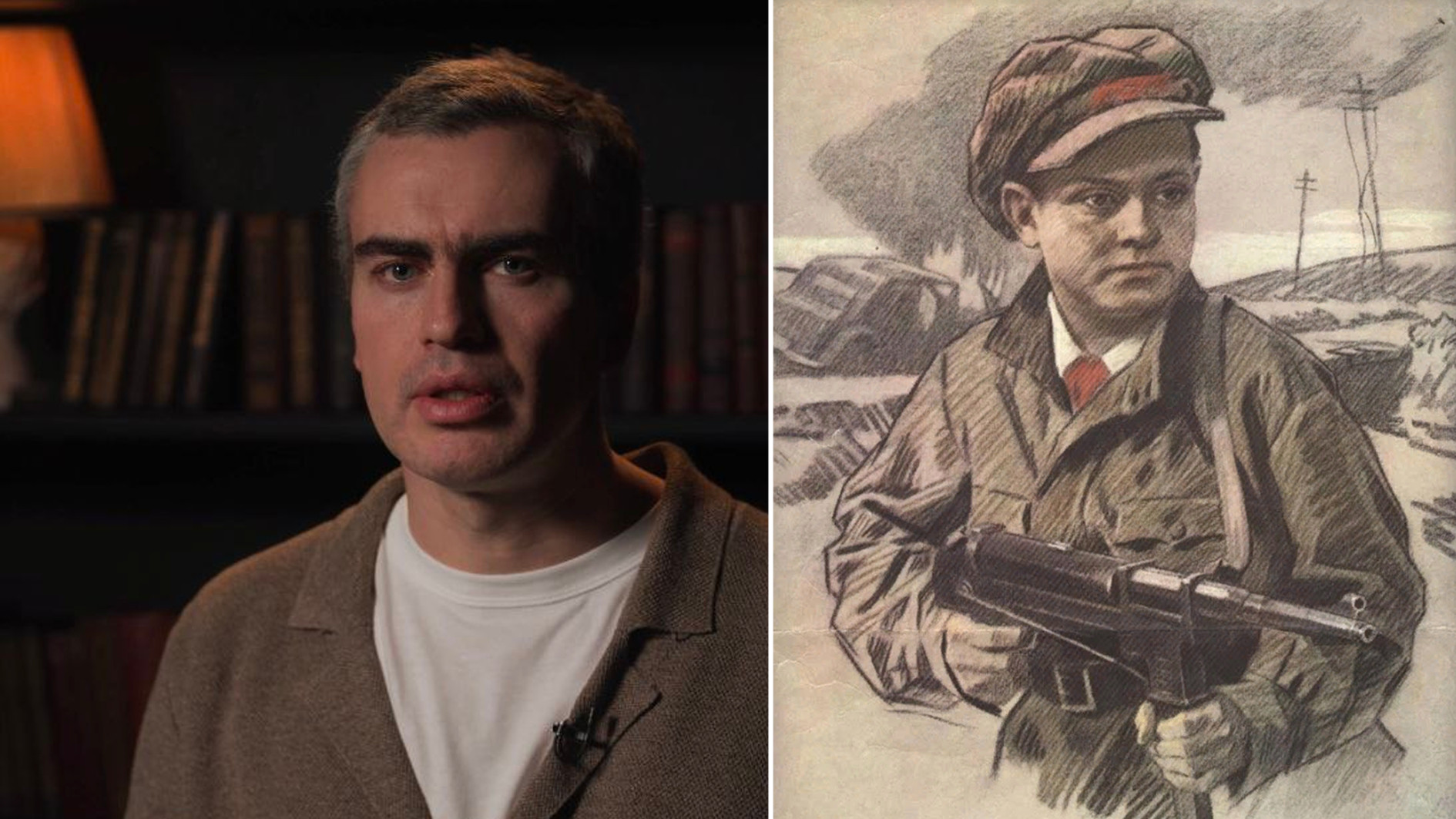
Everything you need to know about the Siege of Leningrad

On September 8, 1941, the Wehrmacht took the city of Shlisselburg on the shore of Lake Ladoga and closed a siege ring around Leningrad by land. About half a million Soviet troops, almost all of the naval forces of the Baltic Fleet, and up to three million civilians were trapped in the city, surrounded by German and Finnish troops.
The attempt to take Leningrad on the fly failed and the enemy began its siege. The terrible blockade lasted 872 days and, according to various estimates, took the lives of 650,000 to 1.5 million people.
How the city was defended

Leningrad was turned into a real fortress: The city dug over 600 km of anti-tank ditches with barbed wire, built 15,000 pillboxes and bunkers and set up 22,000 firing points, as well as 2,300 command and observation posts.
In addition, 4,600 bomb shelters were organized directly in the city, capable of accommodating up to 814,000 people. The entire center was covered with camouflage nets to protect against enemy aircraft.
Read more about how Soviet troops defended Leningrad and repeatedly tried to break through the blockade ring here.
Even the blind stood up to defend the city. They had unique hearing and served on special installations, so-called ‘sound pickups’. The “eavesdroppers” spent hours listening to the Leningrad sky and would report the approach of fascist aircraft long before they appeared on the horizon. Read about their feat here.
The only thread connecting besieged Leningrad with the "mainland" was the waterway across Lake Ladoga – the aptly named ‘Road of Life’. It was along this route that food supplies were delivered and the population was evacuated. You can find out how the ‘Road of Life’ operated here.
In winter, iceboats – yachts on skates with soldiers on board – would race across the ice of Lake Ladoga. They guarded the ‘Road of Life’, carried out reconnaissance, delivered food to the city and evacuated the starving out of it. Read more details about them here.
In addition to the external enemy, Soviets also had to fight an internal enemy. Gangs were active in the city, robbing the already extremely scarce food supplies. Read about the fascinating hunt by Soviet special services for the ‘Zig-Zag’ criminal organization, which even managed to establish connections with the Nazis, here.
How the city survived

The blockade was a difficult test for the residents of Leningrad. With the onset of the harsh winter of 1941-1942, mass starvation began.
“Everything was eaten: leather belts, soles, there was not a single cat or dog left in the city, not to mention pigeons and crows. There was no electricity, hungry, exhausted people went to the Neva [River] to get water, falling and dying along the way. At some point, they stopped removing the corpses, they were simply covered with snow. People died at home with whole families, whole apartments,” recalled Yevgeny Aleshin.
Nevertheless, even in such a terrible situation, people tried to find reasons for joy. Remarkably, residents found ways to celebrate the New Year. Potato peel cakes, thin soup, jelly made from wood glue – such “delicacies” were on the festive tables of Leningraders on December 31, 1941. Discover how else spirits were lifted during the festive period here.
The city lacked not only food, but also medicine. Despite this, doctors did what they could. To combat scurvy, they even turned to medical recipes from the 18th century. You can find out which ones here.
Part of the Leningrad Zoo was evacuated before the enemy arrived, but many animals remained. Among them was ‘Beauty’, one of the largest female hippopotamuses in the world. Find out how workers were able to feed and save such a giant here.
Despite all the troubles, cultural life continued in the city. People went to the theater and ballet.
Also, learn about the amazing story of the Soviet mosaic master Vladimir Frolov, who created masterpieces for the Moscow Metro in the besieged city, here.
How the blockade was lifted

After the great success at Stalingrad and the change in the strategic situation on the Soviet-German front, the Red Army command decided to make another attempt to break through the blockade.
On January 12, 1943, ‘Operation Iskra’ began. The offensive was carried out both from the besieged city and from the "mainland".
After the Red Army broke through an 11 km wide land corridor along the southern shore of Lake Ladoga on January 18, they immediately began to build a makeshift railway there. And, on February 7, the first train with food arrived in Leningrad.
The railway was officially called the ‘Road of Victory’, but find out why many dubbed it the "Corridor of Death" here.
Thousands of cats were sent from Siberia to Leningrad along with food for the exhausted citizens. They had to fight the hordes of rats that had literally filled the city. Read about how these furry defenders saved the Hermitage Museum with its treasures from rodents here.
A year after the blockade was broken, the Red Army found the strength to finally lift it. Read about how Soviet troops pushed the enemy back from the city during the Leningrad-Novgorod operation here.
And, when you are next in St. Petersburg, try visiting these places associated with the siege. Our handy guide will help you with this.
Also, be sure to check out our selection of photographs of besieged Leningrad. And you can compare how the city looked during the war versus how it looks today here.












